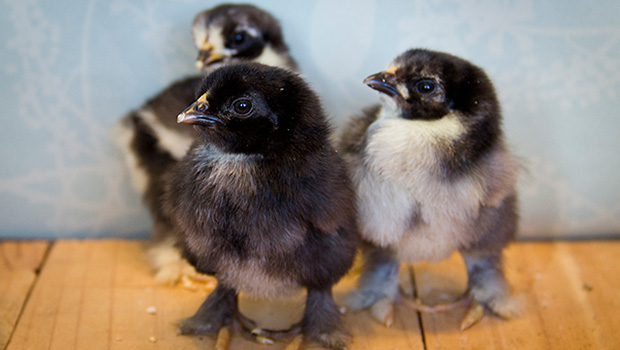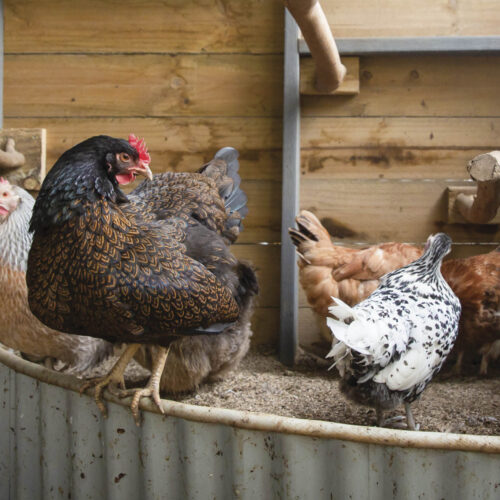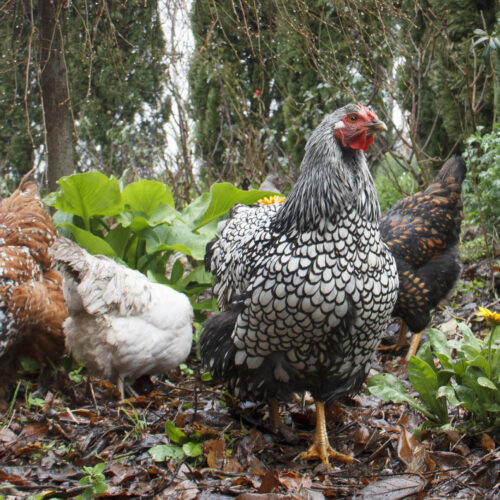Egg-cellent incubating
2016-11-28T01:23:38+11:00
Want to try your hand at incubating chickens? Chook aficionado Jessamy Miller tells us how.
Using an incubator to hatch fertile eggs is a fascinating process, and terrific learning for children. It’s convenient too, as you don’t have to wait for a broody hen. Raising chicks yourself is more work, but they become tame from all the handling, and are very entertaining.
Which incubator?
Incubators range from the simple to the stupendous. If you only want to hatch occasionally, a cheap tabletop incubator might be all you need. Basic models require you to manually turn the eggs and provide humidity. More expensive tabletop units automatically rotate the eggs and accurately control temperature and humidity. Larger breeders prefer cabinet incubators that hatch multiple batches of chicks.
If you don’t want to buy a unit, rent-a-chook companies occasionally hire them, or borrow one from a mate, as I did one year.
You do get what you pay for with incubators; it’s worth spending extra on an established brand from a local distributor with after-sales service. I recently upgraded to a quality 20-egg incubator with handy new settings and an excellent hatch rate, and the seller helped me set it all up via email.
It’s a good idea to also get a calibration thermometer to go inside the incubator for comparison so you know the settings are working correctly.
Setting eggs
Clean the incubator before starting, then set the temperature to 37.5 degrees Celsius, and the humidity to between 45–55%. Fill any water receptacles.
Place eggs in rounded side up. If it’s manual turn, eggs need to be rotated 3–5 times a day so the yolk doesn’t stick. After around 10 days, candle the eggs. Simply turn out lights and hold each egg up to a mobile phone torch. You’ll be amazed to see the developing embryo, veins and air sac; clears are duds and can be disposed of.
Three days before hatch, on day 18, put the incubator into lockdown: either stop turning eggs or turn off the auto-turn setting, and increase humidity to 60–65%.
Lay the eggs on the bottom of the incubator on a towel or a rubber drawer liner for grip. Avoid opening the incubator thereafter as it’s important to keep conditions stable.
Counting your chickens
Stand by for magic – chicks will cheep to each other, then an egg will pip. The chick may gradually pip the lid off, or may sit tight for a day, absorbing the yolk. Then, it will steadily peck its way around and spill out, wet and wobbly. If chicks are sticking in the shell, you may need to increase the humidity setting, or in a manual machine, add a wet sponge.
Leave hatched chicks in the incubator for up to 24 hours, or at least until they are dry. Chicks go into a warm, draft-free brooder box under a ceramic heat lamp. Give each one a drink from a shallow waterer and offer chick crumbles to eat, then sit back and watch the chicken show.
Don’t forget to clean and sterilise your incubator before the next hatch. Because who can stop at just one?
For more great information and tips on raising and caring chickens, head to our Poultry pages.






